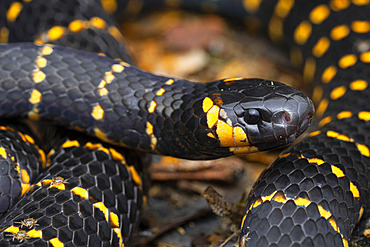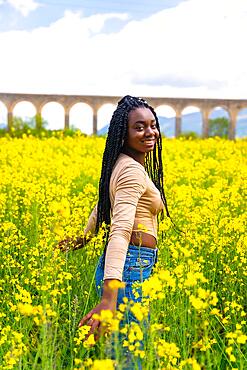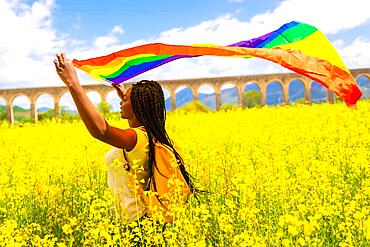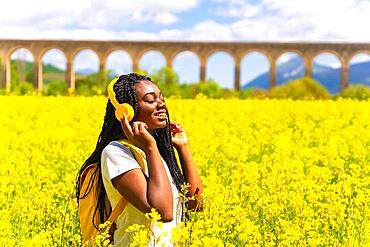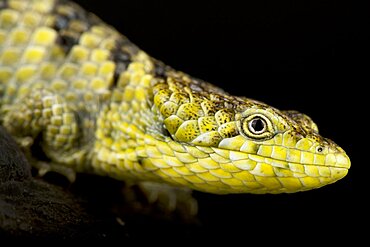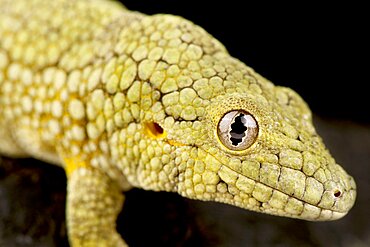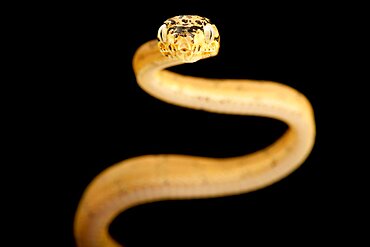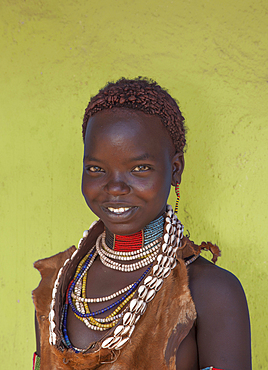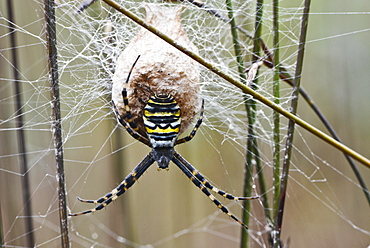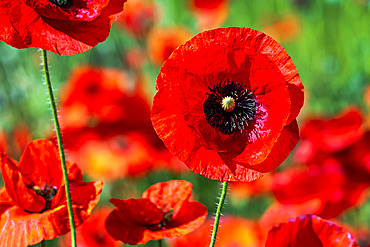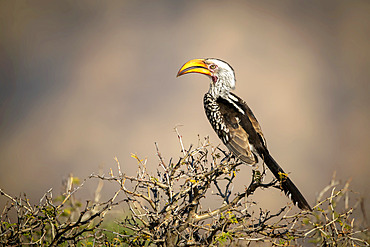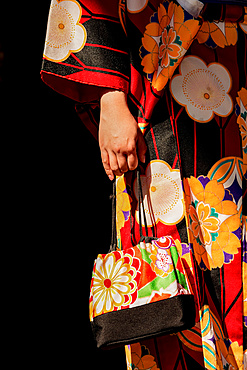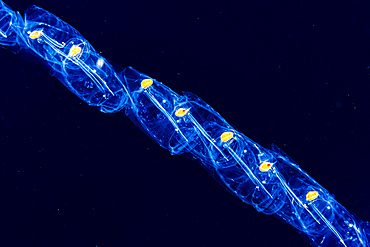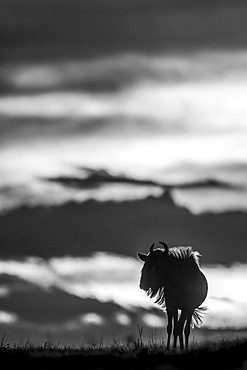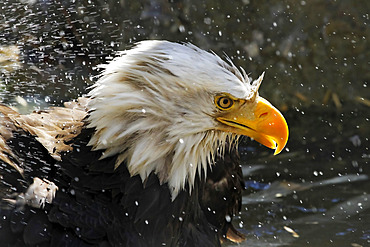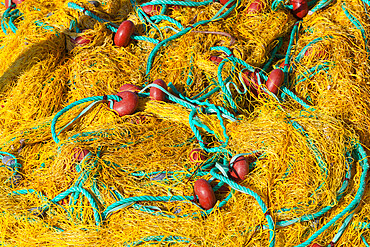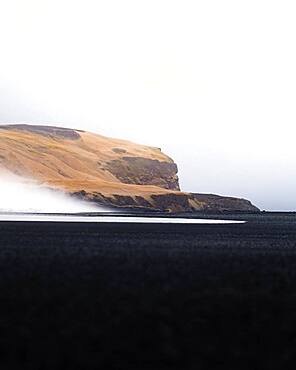Recent searches
Loading...
860-291984 - Northern coral snake (Micrurus psyches) portrait, French Guiana.
1116-52885 - Close-up portrait of an oystercatcher bird (Haematopus) standing on a rock covered in yellow, orange colored seaweed, on a summer day in Prince William Sound, Alaska, United States of America
759-12965 - Endemic Galapagos Black Coral, Antipathes galapagensis, Cousins Rock, Santiago Island, Galapagos, Ecuador
832-399993 - Indians, Yellow Magpie, Arapahoe, after a picture by F.A.Rinehart, 1899, Arapaho or Arapahoe are an Indian people of North America and belonged as nomadic Plains Indians to the cultural area of the Prairies and Plains, Historic, digitally restored reproduction of an original from that time
832-399078 - Lifestyle, enjoying nature in freedom, portrait of a black ethnic girl with braids, in a field of yellow flowers
832-399076 - Lifestyle, offering the hand, portrait of a black ethnic girl with braids, traveler, in a field of yellow flowers
832-399077 - Lifestyle, enjoying nature, portrait of a black ethnic girl with braids, traveler, in a field of yellow flowers
832-399075 - A black ethnic girl with braids holding the LGBT flag in a field of yellow flowers
832-399074 - Listening to music in yellow headphones with closed eyes, a black ethnic girl with braids, a traveler, in a field of yellow flowers
832-398515 - Planner calendar yellow black background with coffee
1350-6678 - Strawberry Poison Frog (Dendrobates pumilio), adult, Bastimentos National Park, Bocas del Toro, Panama. The strawberry poison frog or strawberry poison-dart frog (Oophaga pumilio or Dendrobates pumilio) is a species of small amphibian poison dart frog found in Central America. It is common throughout its range, which extends from eastern central Nicaragua through Costa Rica and northwestern Panama. The species is often found in humid lowlands and premontane forest, but large populations are also found in disturbed areas such as plantations. The strawberry poison frog is perhaps most famous for its widespread variation in coloration, comprising approximately 15���30 color morphs, most of which are presumed to be true-breeding. O. pumilio, while not the most poisonous of the dendrobatids, is the most toxic member of its genus. The species is most diverse in Panama with varieties in vivid shades of all red, orange, blue, yellow or green, green and yellow, white with red, orange or black and spotted varieties. The most colorful mix is found in Isla Bastimentos Marine National Park though not all in one place. Colors vary by location. A beach on the north side of the island is named after the species. Two of Southern Explorations' Panama tours visit red frog habitat. Both the eight-day Panama Adventure trip and eleven-day Panama Highlights trip spend time in Isla Bastimentos Marine National Park and the former also goes to Red Frog Beach.
The red frog is not as poisonous as some of its cousins and is not a threat to humans. It subsists on a diet of ants that dine on poisonous plants, providing the red frog its protective skin toxin. Males attract females with a loud quick chirp. To hear the distinctive sound before you depart on your Panama tours, go to the University of Michigan Museum's biodiversity website (www.animaldiversity.ummz.umich.edu.) After birth, the tadpoles climb aboard the mother who deposits them in different protected areas where she retu
832-397940 - Top angle of a yellow cup of black coffee and two macaroons on white background
860-291309 - Mixtecan Arboreal Alligator Lizard (Abronia mixteca), on black background
860-291300 - Yellow tree monitor (Varanus reisingeri), on black background
860-291304 - Vieillard's chameleon gecko (Eurydactylodes vieillardi), on black background
860-291314 - Garden Tree Boa (Corallus hortulana), on black background
832-396481 - Deep fried calamari rings served with selection of black, red and yellow beer
746-91090 - King Penguin (Aptenodytes patagonicus) on the island of South Georgia, the rookery in St. Andrews Bay. Courtship behaviour. Antarctica, Subantarctica, South Georgia
746-91086 - King Penguin (Aptenodytes patagonicus) on the island of South Georgia, the rookery on Salisbury Plain in the Bay of Isles. Antarctica, Subantarctica, South Georgia
746-91083 - King Penguin (Aptenodytes patagonicus) on the island of South Georgia, the rookery on Salisbury Plain in the Bay of Isles. Adults coming ashore. Antarctica, Subantarctica, South Georgia
746-91084 - King Penguin (Aptenodytes patagonicus) on the island of South Georgia, the rookery on Salisbury Plain in the Bay of Isles. Adults coming ashore. Antarctica, Subantarctica, South Georgia
746-91087 - King Penguin (Aptenodytes patagonicus) on the island of South Georgia, the rookery in St. Andrews Bay. Feeding behaviour. Antarctica, Subantarctica, South Georgia
746-91085 - King Penguin (Aptenodytes patagonicus) on the island of South Georgia, the rookery on Salisbury Plain in the Bay of Isles. Adults coming ashore. Antarctica, Subantarctica, South Georgia
746-91088 - King Penguin (Aptenodytes patagonicus) on the island of South Georgia, the rookery in St. Andrews Bay. Feeding behaviour. Antarctica, Subantarctica, South Georgia
746-91089 - King Penguin (Aptenodytes patagonicus) on the island of South Georgia, the rookery in St. Andrews Bay. Feeding behaviour. Antarctica, Subantarctica, South Georgia
1178-40982 - Black girl smiling in traditional clothing against yellow wall
1178-39454 - Portrait of serious Mixed Race woman wearing yellow sunglasses
832-394759 - Black Opal Pool, Hot Spring, Yellow Algae and Mineral Deposits, Biscuit Basin, Yellowstone National Park, Wyoming, USA, North America
832-394825 - Wasp spider (Argiope bruennichi) at the cocoon, Emsland, Lower Saxony, Germany, Europe
832-394758 - Yellow bacteria and algae in a hot spring at Black Sand Basin and Biscuit Basin, Yellowstone National Park, Wyoming, USA, North America
1178-38362 - Pensive black man sitting in yellow chair
846-3105 - Traditional stone barn in yellow buttercup meadow in Swaledale, Gunnerside, Yorkshire Dales National Park, North Yorkshire, England, United Kingdom, Europe
846-3106 - Yellow buttercup meadow with stone wall and typical landscape in Swaledale, Gunnerside, Yorkshire Dales National Park, North Yorkshire, England, United Kingdom, Europe
1116-51219 - A pair of salps (Salpa sp.) with hyperiid amphipod (Hyperiidea) hitchhikers that were photographed under water during a blackwater dive off the Kona Coast, the Big Island; Island of Hawaii, Hawaii, United States of America
1116-51547 - Black Rhinoceros (Diceros bicornis), Etosha National Park; Namibia
1116-52075 - Close up of a red poppy flower; Calgary, Alberta, Canada
1116-51748 - Sunset at Prambanan Temple with silhouetted peaks; Yogyakarta, Indonesia
1116-51933 - Portrait of a southern yellow-billed hornbill (Tockus leucomelas) perching in profile on a bush. It has mottled black and brown feathers, a white head and a yellow beak, taken at the Gabus Game Ranch; Otavi, Otjozondjupa, Namibia
1116-51059 - Details of a Japanese woman's handbag and geisha dress at a temple; Tokyo, Japan
1116-51220 - A chain of salps (Salpa sp.) that was photographed under water during a blackwater dive off the Kona coast, the Big Island; Island of Hawaii, Hawaii, United States of America
1116-51207 - Underwater portrait of a pair of Eyestripe Surgeonfish (Acanthurus dussumieri) off the Kona coast, the Big Island, Hawaii. The nearest individual is a male; Island of Hawaii, Hawaii, United States of America
1116-51371 - Bayon Temple in the Angkor Wat complex; Siem Reap, Siem Reap, Cambodia
1116-51275 - A blue wildebeest (Connochaetes taurinus) on the horizon is silhouetted against a yellow and black sky at sunset. Its horns are visible in outline, and it's standing with its head turned. Shot with a Nikon D850 in the Serengeti; Tanzania
1116-51546 - Black Rhinoceros (Diceros bicornis), Etosha National Park; Namibia
1116-51643 - Bald eagle (Haliaeetus leucocephalus) with splashes of water; Denver, Colorado, United States of America
832-393666 - Yellow coneflower (Rudbeckia fulgida var. sullivantii 'Goldsteinii'), studio shot with black background
846-3077 - Saint Front Cathedral floodlit at dusk, Perigueux, Dordogne region, Nouvelle Aquitaine, France, Europe
1178-36163 - Portrait of serious African American woman sitting on sidewalk
1178-36162 - Portrait of serious African American woman sitting on sidewalk
832-392209 - Feeding black-naped oriole of eastern asia with a worm in beak
832-391520 - American Black Bear (Ursus americanus) among autumn colored bushes, Glacier National Park, Montana, USA, North America
1350-97 - The partial eclipse of the Sun, October 23, 2014, as seen from Jasper, Alberta, shot under clear skies through a mylar filter, on the front of a 66mm f/6 apo refractor using the Canon 60Da for 1/8000 (!) sec exposure at ISO 100. The colours are natural, with the mylar filter providing a neutral 'white light' image. The big sunspot on the Sun that day is just disappearing behind the Moon's limb. The mylar filter gave a white Sun, its natural colour, but I have tinted the Sun's disk yellow for a more pleasing view that is not just white Sun/black sky.
1350-659 - The German wasp has typical wasp colours of black and yellow. It is very similar to the common wasp (Vespula vulgaris), but its face has three tiny black dots.
846-3042 - Footpath in rapeseed field to village of Peasemore and St. Barnabas church, Peasemore, West Berkshire, England, United Kingdom, Europe
1116-49150 - Portrait of a bald eagle (Haliaeetus leucocephalus), Denver, Colorado, United States of America
1116-49719 - The Philippine butterflyfish (Chaetodon adiergastos) is also known as a Panda butterflyfish, Bali, Indonesia
1116-49108 - Black-eyed Susan (Rudbeckia hirta) blooms in a flower garden, Astoria, Oregon, United States of America
1116-49104 - A Cucumber Beetle (Diabrotica undecimpunctata) explores a Black-eyed Susan (Rudbeckia hirta) in a flower garden, Astoria, Oregon, United States of America
1116-50373 - Lioness (Panthera leo) lies in silhouette against dawn sky, Grumeti Serengeti Tented Camp, Serengeti National Park; Tanzania
1116-50355 - Secretary bird (Sagittarius serpentarius) stands holding snake in beak, Grumeti Serengeti Tented Camp, Serengeti National Park; Tanzania
1116-50422 - Silhouette of blue wildebeest (Connochaetes taurinus) against sunset sky, Cottar's 1920s Safari Camp, Maasai Mara National Reserve; Kenya
846-1203 - Young boys training to become Brahmin priests, Madurai, Tamil Nadu, India, Asia
846-945 - Tram (electricos) below the Arco da Rua Augusta in Praca do Comercio, Baixa, Lisbon, Portugal, Europe
846-96 - Traditional Tunisian doorway, Sidi Bou Said, Tunisia, North Africa, Africa
846-156 - Old yellow buses, Malta, Mediterranean, Europe
846-635 - The main square with St. Stephen`s Church, Motovun, Istria, Croatia, Europe
846-1279 - Prato della Valle and Santa Giustina at night, Padua, Veneto, Italy, Europe
846-849 - Fishing nets, Ormos Marathokampos, Samos, Aegean Islands, Greece
846-79 - Chapelle Notre Dame, Rocamadour, Lot, Midi-Pyrenees, France, Europe
846-1133 - Flower petals in hotel lobby, Goa, India, Asia
846-315 - Chinese gateway inside Imperial city, The Citadel, Hue, UNESCO World Heritage Site, North Central Coast, Vietnam, Indochina, Southeast Asia, Asia
846-521 - View over lake with paraglider, Lake Annecy, Rhone Alpes, France, Europe
846-1137 - Portuguese era balcony in the old quarter, Fontainhas, Panjim, Goa, India, Asia
846-1079 - Sunset over white village, Montefrio, Andalucia, Spain, Europe
846-293 - Chinese dragon dance at Chinese New Year celebrations, Vietnam, Indochina, Southeast Asia, Asia
1113-104278 - Black fan hanging from yellow ceiling
846-956 - Tram (electricos) along Rua das Escolas Gerais with tower of Sao Vicente de Fora, Lisbon, Portugal, Europe
846-290 - Bust of Ho Chi Minh and Vietnamese socialist flag, Vietnam, Indochina, Southeast Asia, Asia
1174-9659 - High angle close up of black and yellow 'Please Wait Here' sign on asphalt ground.
846-3029 - Avenue of autumn beech trees with colourful yellow leaves, Newbury, Berkshire, England, United Kingdom, Europe
846-3030 - Avenue of autumn beech trees with colourful yellow leaves, Newbury, Berkshire, England, United Kingdom, Europe
832-389492 - Yellow grassy mountain with black sand and waves in the foreground, Vik Beach, Iceland, Europe
832-389014 - Light brown horse with black and white mane in a paddock, yellow flower meadow, Upper Bavaria, Bavaria, Germany, Europe
832-389017 - Light brown horse with black and white mane in a paddock, yellow flower meadow, Upper Bavaria, Bavaria, Germany, Europe
832-389013 - Light brown horse with black and white mane in a paddock, yellow flower meadow, Upper Bavaria, Bavaria, Germany, Europe
846-3023 - Field full of yellow sunflowers, Newbury, West Berkshire, England, United Kingdom, Europe
846-3018 - Field full of yellow sunflowers, Newbury, West Berkshire, England, United Kingdom, Europe
846-3014 - Field full of yellow sunflowers, Newbury, West Berkshire, England, United Kingdom, Europe
846-3012 - Field full of yellow sunflowers, Newbury, West Berkshire, England, United Kingdom, Europe
